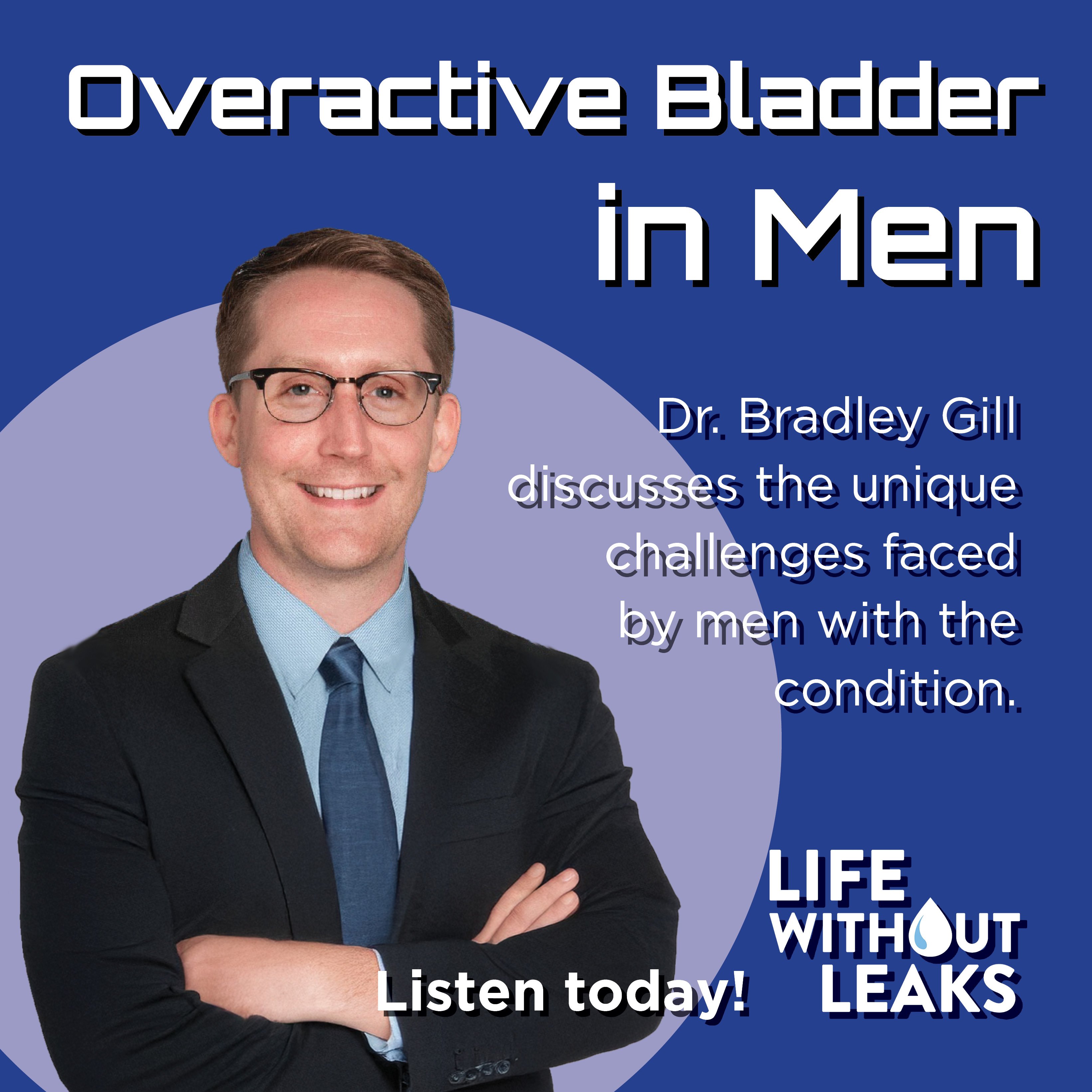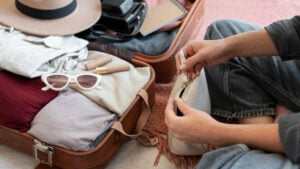Being told that you have to use a catheter can be scary, but many people use a catheter to empty their bladders on both a temporary and a long-term basis. And while you might recoil from the idea at first, once you get the hang of using one and see the benefits it can bring, it you may wonder how you were ever able to get by without it. Here some Tips On Self-Catheterization.
With a little practice, using a catheter can become second nature to you.
Here are our best tips for using a urinary catheter.
-
Don’t be afraid to ask your doctor lots of questions. Catheters should be prescribed by your doctor and proper instruction should be given to you by your healthcare provider. If you are unsure of the process, speak up.
-
Be sure to keep the catheter and catheter site clean to avoid infections (UTIs are common with those using a catheter). Wash at least twice per day.
-
Use lubrication when inserting the catheter to reduce pain, discomfort, and friction – all of which may also help reduce infection.
-
Always wash your hands thoroughly prior to and after emptying the urine bag.
-
Be careful of tugging on the tubing, twisting, it, or stepping on the tubing when you are walking. It may be helpful for you to clip the tubing to your clothing to avoid this.
-
Always keep the urine bag below your bladder (below your waste) to prevent urine from flowing back into your bladder and causing an infection.
-
Drink plenty of fluid to help keep your urine flowing well.
-
Stock up on spare catheter equipment for emergencies.
-
Call your doctor if you experience any of the following
-
Trouble inserting or cleaning your catheter
-
Urine leakage between catheterizations
-
You notice any type of smell
-
Blood in the urine
-
Skin rash
-
Pain or burning in the urethra, bladder, or lower back
-
Swelling, draining, or redness in your urethra.
-
Any sign of a urinary tract infection, such as a burning sensation, a need to urinate often, a fever, or chills.
-
Learning how to use a catheter doesn’t have to be daunting.












2 Responses
@Lynn S Smith I am really sorry to see that your post didn’t get a response sooner, and I hope you found a solution but in case you’re still monitoring this post, here’s a link to instructions for self-cathing while seated on a toilet:
https://www.nationwidechildrens.org/family-resources-education/health-wellness-and-safety-resources/helping-hands/catheterization-self-clean-intermittent-female#:~:text=Gently%20insert%20the%20catheter%20into,about%20another%201%2F2%20inch.
I have self cathed for approximately 16 years with no problem. I am now 70 years old and have really bad knees with severe arthritis and standing as I normally do to cath is really difficult. Do you know of alternative ways to cath. Like sitting down on the toilet? I have tried but find it difficult. Can you please help me? I am running out of time. Thank you